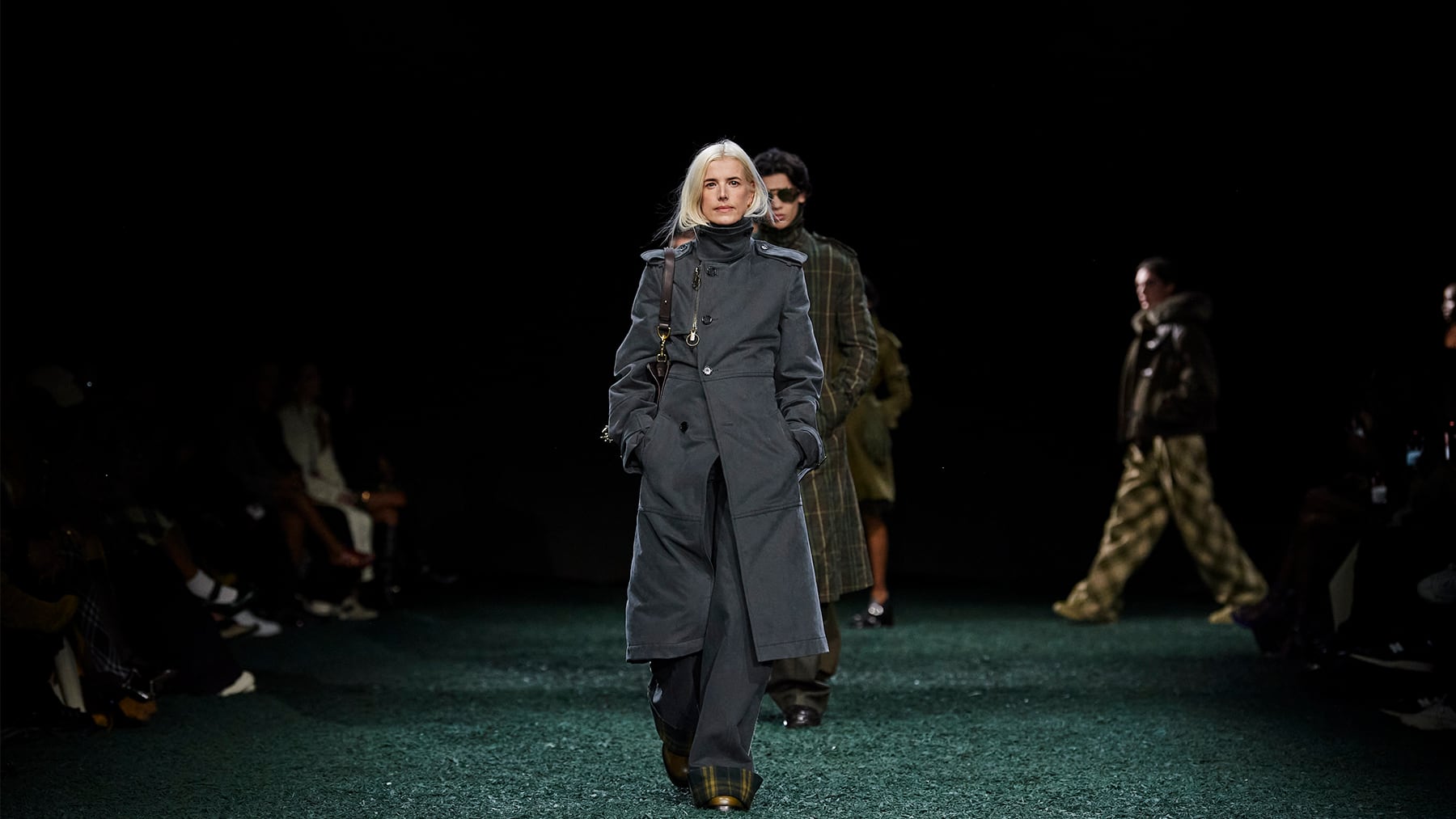
This week begins and ends with shows from big brands with a lot to prove and where expectations are low. On Monday, Burberry shows for the first time since former Coach head Joshua Schulman was brought in as chief executive. Consumers have rejected the brand’s efforts to shake up its aesthetic with designer Daniel Lee, and have been particularly hostile to an effort to charge significantly higher prices. That’s fuelled speculation that Burberry under Schulman will take a “British Coach” approach and reorient around aspirational shoppers; the company itself hasn’t confirmed a shift in strategy, so for now we’ll have to look for clues on the runway in London.
Later this week in Milan, Gucci’s rough patch is only getting deeper and wider, with sales plummeting 20 percent in the second quarter compared with a year ago. The brand urgently needs to get customers and fashion insiders excited by Sabato De Sarno’s designs; to that end, in April Gucci brought in former Louis Vuitton and Prada communications executive Stefano Cantino in a newly created deputy CEO role. A turnaround hinges on correctly diagnosing whether the brand’s troubles stem from marketing, the luxury downturn, De Sarno’s clothes or some combination of the three. The answer is unlikely to come at Friday’s show.
Meanwhile, just as attendees are filing into the Etro show in Milan on Wednesday, the Federal Reserve will release its much-anticipated interest rate decision. Economists are expecting the central bank to make its first cut, most likely a quarter percentage point, since it first increased rates in 2022 to combat rising prices. Inflation has decisively cooled – the annualised rate fell to 2.5 percent in August, the lowest since February 2021 – and softer jobs numbers are raising concerns that high borrowing costs are beginning to drag on the economy.
Lower interest rates will be mostly good news for fashion. A reduced Fed prime rate will quickly translate into lower interest payments for consumers with credit card debt. Venture capital funds will be on the hunt for higher-yielding investments, making them more likely to take a risk on fashion start-ups. Companies with heavy debt loads will have opportunities to refinance, freeing up cash to invest in their businesses.
This week’s rate cut won’t accomplish all that overnight. But if it turns out to be the first of many such reductions, as economists are predicting, the economics of the fashion industry may be transformed.
The Week Ahead wants to hear from you! Send tips, suggestions, complaints and compliments to brian.baskin@businessoffashion.com.



